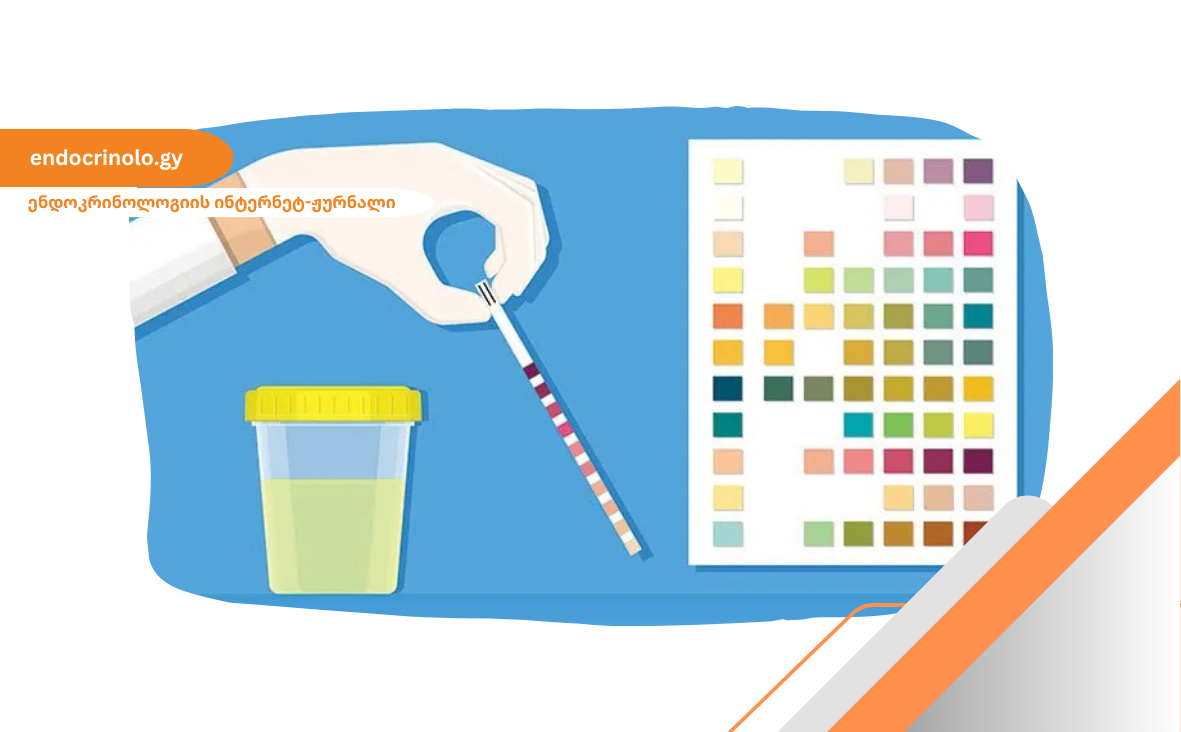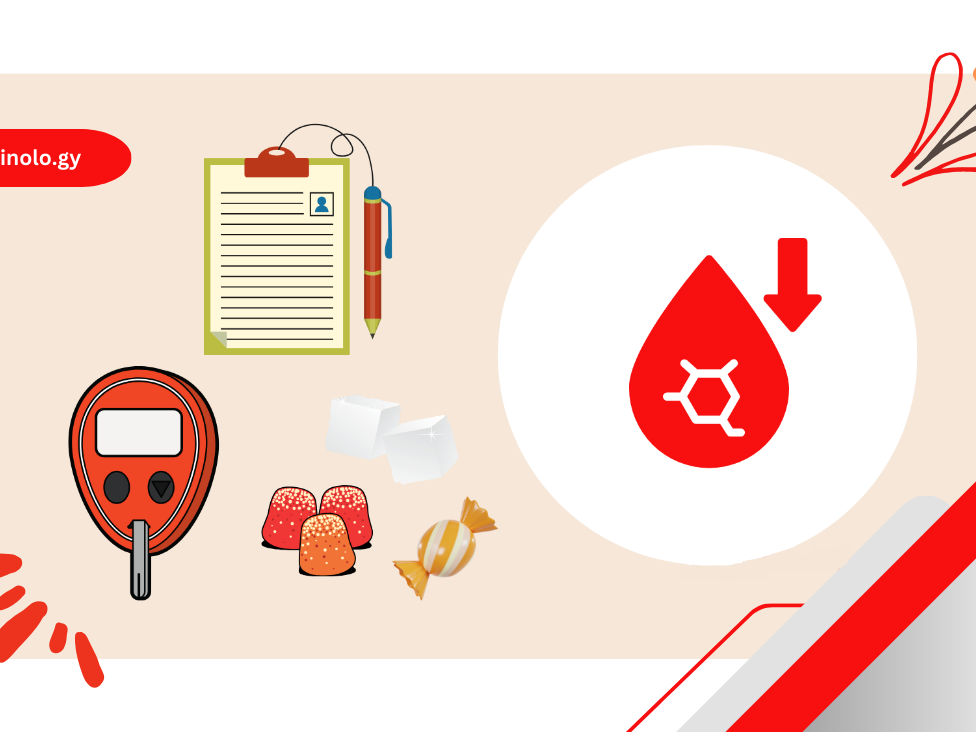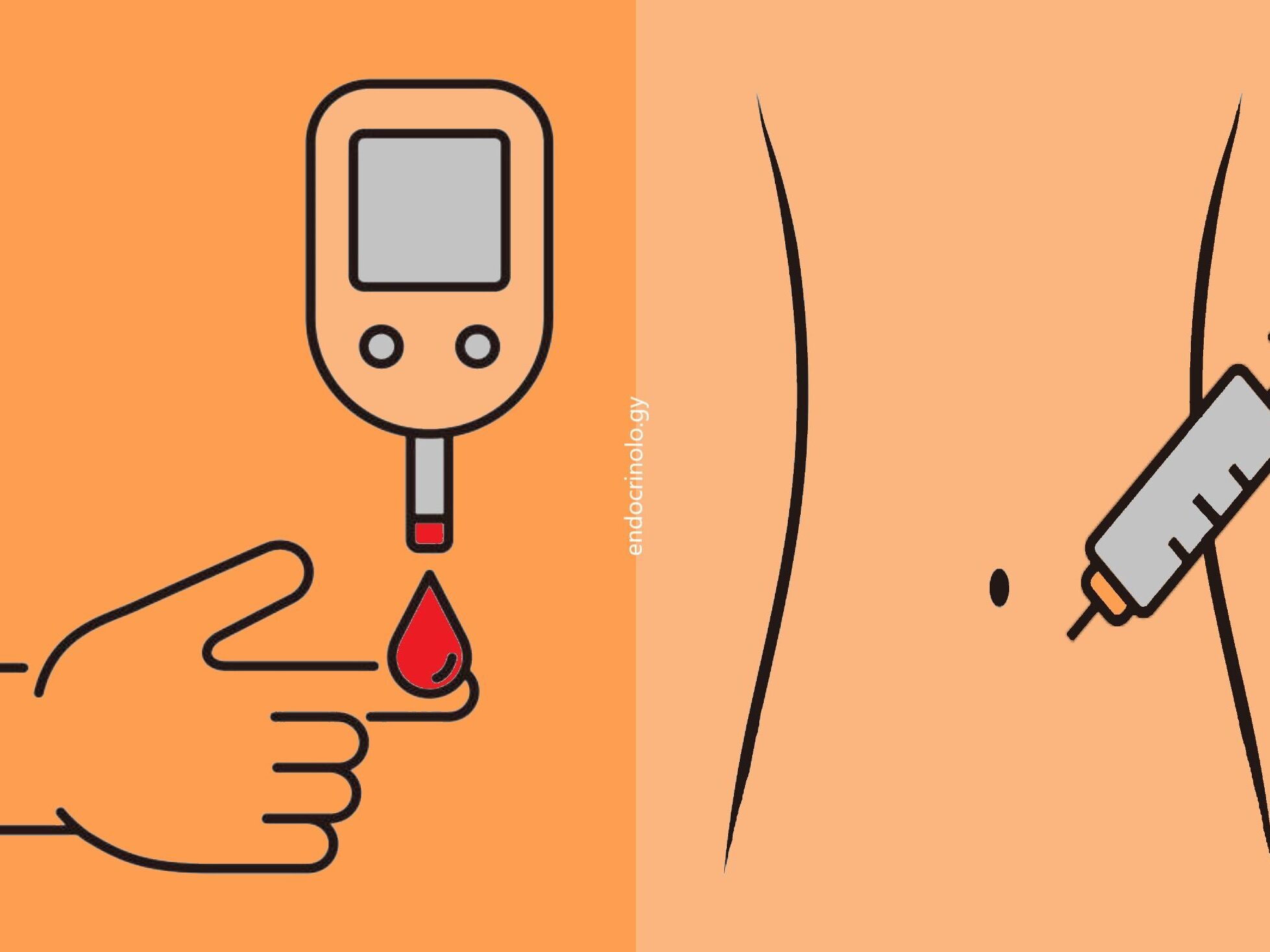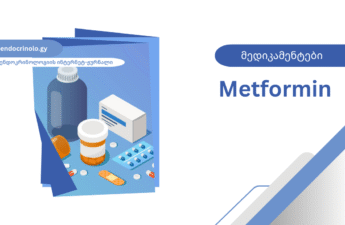Ketone testing plays an important role in the management of diabetes, especially type 1, as abnormally high levels can be life-threatening.
What are ketones, how are they formed, what symptoms accompany their increase, how are they measured, and what should be done when an abnormally high level is detected?
The role of ketones
Carbohydrates in our food are the main source of energy for our body.
How does this mechanism work:
Carbohydrate food that enters the gastrointestinal tract is converted into glucose and enters the bloodstream in this form.
It takes glucose from the blood to cells and uses it as an energy source to carry out various vital functions.
At this stage, the main protagonist appears to be Insulin. Without insulin, glucose cannot be absorbed from the blood into the cells.
Thus, there are two main consequences of insulin deficiency: accumulation of glucose in the blood, which gives us hyperglycemia, and cells left without energy.
In this situation, cells have to find an additional source of energy. This source is fat.
Ketones are released as a result of fat breakdown. This process takes place in the liver.
The resulting ketones are used by the brain and other tissues of the body as an alternative source of energy when glucose is not sufficient.
Thus, the formation of ketones, or ketosis, is a normal physiological and safe phenomenon and occurs, for example, during sleep, prolonged periods of fasting, or high-intensity exercise.
But this process can transform into a dangerous condition for the body in conditions of severe insulin deficiency (in type 1 diabetes or type 2 diabetes, if it is managed with insulin).
When ketone levels increase above normal, it causes an acid-base imbalance in the blood and can lead to ketoacidosis, a life-threatening condition that requires emergency treatment.
Diabetic ketoacidosis
The development of diabetic ketoacidosis begins with an acute lack of insulin in the body.
We know that people with type 1 diabetes have an absolute deficiency of insulin and are completely dependent on insulin injections. Therefore, this group is most vulnerable to the development of ketoacidosis.
Process launchers can be:
- Missed insulin dose
- Insufficient dose injection or
- The body's increased need for insulin, which is not accompanied by a corresponding increase in dosage.
Such a condition can be observed in type 1 diabetes:
- during infectious diseases
- During trauma or surgical interventions
- During pregnancy
- During the menstrual period.
During these life-threatening situations, it is important to monitor blood sugar levels more frequently than usual and adjust insulin dosages as needed, which also ensures the prevention of diabetic ketoacidosis.
Ketone levels should be checked when blood sugar levels exceed 240 mg/dL (13.3 mmol/L).
How to recognize elevated ketone levels
Typical symptoms of increased ketones that you should pay attention to are:
- A characteristic odor of acetone or fruit on the exhaled air
- Very high blood sugar (hyperglycemia)
- Frequent urination
- Feeling of intense thirst
- Severe fatigue
- Pain in the stomach area
- Deepening breathing
- Confusion
- Paleness
- Feeling weak
Noticing these symptoms should be followed by an immediate response – first of all, checking the number of ketones. If they increase, seeking medical help.
There are several different ways to check ketone levels at home:
Urine ketone test strips or blood ketone meter may be used.
How the urine ketone measurement method works:
The test stick changes color when placed in urine collected in a container. The test comes with a sample chart showing which color corresponds to which amount of ketones. The color of the test stick used should be compared to this sample and the indicator determined accordingly.
It is worth noting that measuring ketones in urine does not show the level of ketones in the body at that specific moment, but rather how much they were over the past few hours, which is one of its shortcomings in terms of accuracy.
Urine Ketone Test Sticks on Amazon >> https://amzn.to/47nMy1J
A blood ketone meter works roughly on the same principle as a glucometer: a drop of blood obtained by pricking a finger with a needle is transferred to a test strip and placed in the meter. The monitor shows ketone levels in a few seconds.
Blood ketone meter on Amazon >> https://amzn.to/439QEs1
Lancet and test strips from the same device >> https://amzn.to/3KSue8a
Devices are also available that can measure both blood glucose and ketone levels simultaneously.
Blood Glucose and Ketone Meter on Amazon >> https://amzn.to/47DUzyN
Test sticks for ketones from the same device >> https://amzn.to/47DUzyN
Test strips for glycemia from the same device >> https://amzn.to/3Wuo6FU
Lancets from the same machine >> https://amzn.to/3JAEa65
The blood ketone measurement method is more accurate because it detects an increase in ketones before they appear in the urine. Additionally, the amount of ketones in the urine is highly variable and is influenced by various factors, such as dehydration.
However, urine ketone test strips are a much cheaper option.
A device has also been developed that measures the level of acetone in exhaled air. Acetone is produced during the process of ketone synthesis, and an increase in its amount reflects an increase in ketones.
Although this method is much simpler and allows for frequent use, it is less accurate and can often produce incorrect results due to the influence of various external factors, such as: alcohol, food, toothpastes, etc. Therefore, using this device may be useful to assess the general trend.
Breathalyzer for ketones on Amazon: https://amzn.to/4oMtXCj
Interpretation of results and action plan
The estimation of ketone levels is as follows:
Ketone levels less than 0.6 mmol/L are considered normal.
An intermediate reading of 0.6-1.5 mmol/L indicates a moderate increase in the level – at this point, a doctor may recommend additional insulin injections and drinking plenty of fluids.
A level of more than 1.5 mmol/L indicates a significantly increased risk of diabetic ketoacidosis and requires medical advice or emergency medical care.
A level of more than 3 mmol/L – this may already be a condition of diabetic ketoacidosis and requires emergency medical intervention.
Brief summary
Thus, ketones play an important invisible role in the body when energy (glucose) is lacking. But a sharp increase in their number becomes a problem in diabetes mellitus, when the disease is managed entirely with insulin therapy.
However, it is possible to avoid this problem and for this you need to:
- The patient should be informed about risks and how to deal with critical situations;
- Keep your insulin injection and meal routines organized and regular;
- Frequent self-monitoring of glycemia should be available;
- Self-monitoring of ketones at home should be available if necessary.
Author: Elga Giorgadze (MD of Endocrinology)






